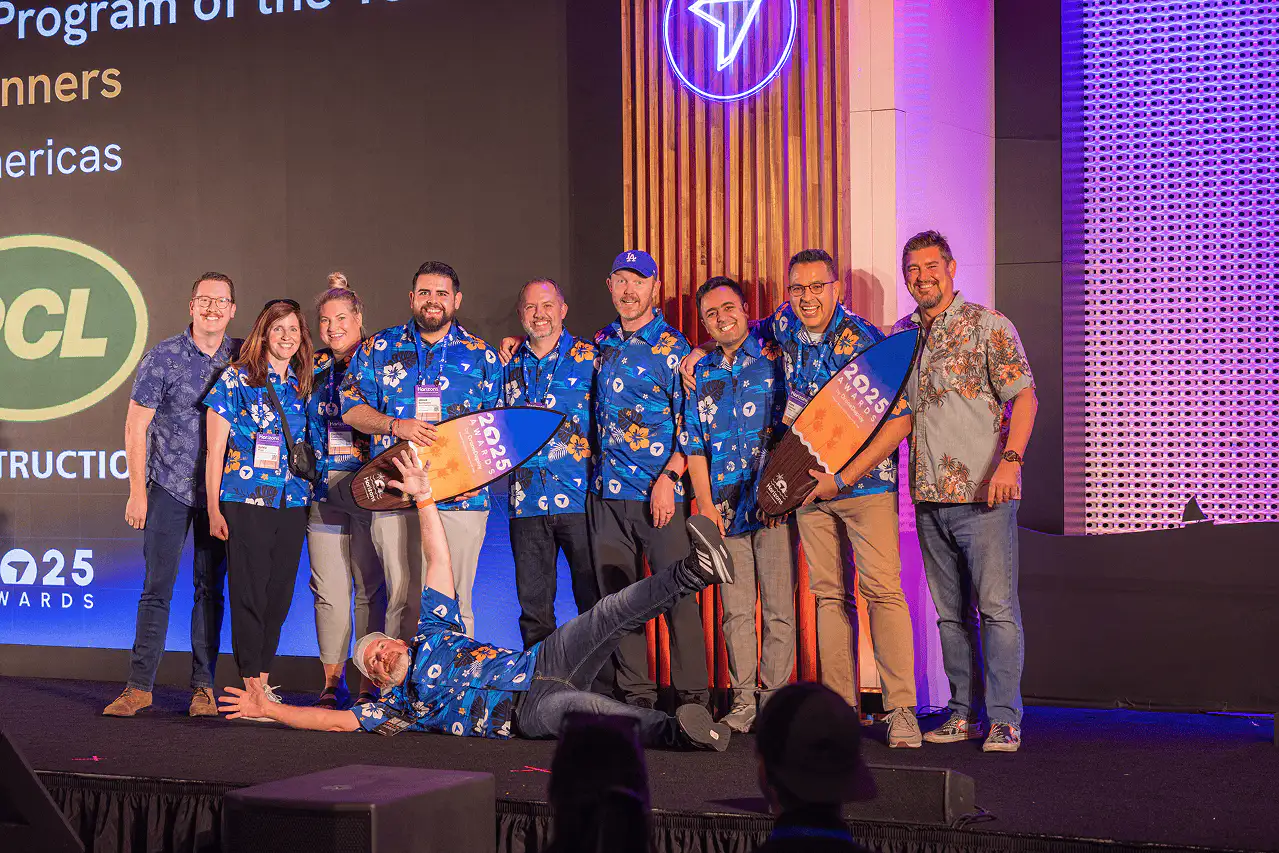Elevating accessibility: Reality capture’s role in inclusive design

Quick Summary
DroneDeploy Product Support Specialist Rob Corbett, a licensed drone pilot and accessibility advocate, is leveraging reality capture to improve public infrastructure for people with disabilities.
Since joining in 2021, Rob has partnered with advocacy groups to develop workflows that audit pedestrian routes, crosswalks, transit stops, and parking areas for ADA compliance using aerial photogrammetry and 360 imagery. With AI tools like automatic handicap parking detection, DroneDeploy is advancing inclusive design while collaborating with federal agencies to promote more equitable transportation solutions.
From smoothing a surface so wheelchairs can use a pedestrian walkway to tactile paving a crosswalk so a folding cane can recognize it, inclusive design poses complex challenges that must be thought through with care and purpose. With Product Support Specialist Rob Corbett’s passion and expertise, DroneDeploy is advancing inclusive design with innovative solutions and thoughtful best practices.

Rob’s story
Rob Corbett is a licensed drone pilot, and an advocate for the veteran and disabled communities. He believes in the benefits of reality capture technology and has experienced firsthand how drones can improve quality of life. Through his work, he aims to create more inclusion within the drone and aviation communities.
Part of the reason Rob joined DroneDeploy’s support team in 2021 was that he was eager to use our software to help solve the issues he was facing in his community. Since then, he’s applied advanced reality capture technologies such as aerial photogrammetry and 360 ground photography to find better solutions to accessibility challenges. Through a partnership with the United Spinal Association and other advocacy groups, Rob has established a workflow for documenting and auditing public infrastructure for accessibility.

Advancing accessibility
DroneDeploy is uniquely positioned to help enforce new regulations from the Americans with Disabilities Act (ADA), as well as standards of the US Access Board.
A primary area of focus is pedestrian access routes. Capturing digital twins of these routes not only aids in the planning of sidewalks and shared-use paths, but a detailed rendering of these routes is key for wheelchair users, who often plan their travel in advance. Crosswalks are another key consideration, as implementing detectable warning surfaces on curb ramps enhances safety for both pedestrians and drivers.
DroneDeploy also assists in the design and positioning of transit stops to ensure both sidewalk-level and elevated boarding platforms are properly sized and situated for individuals with disabilities. And taking virtual measurements of parking areas helps ensure that spaces are appropriately sized and located for easy maneuvering from vehicle to sidewalk.
AI applications
DroneDeploy is finding ways to utilize artificial intelligence to improve and implement accessibility. Using image intelligence and DroneDeploy’s new AI annotations, the engineering team built out a handicap parking spot locator that finds all handicap parking spots in drone imagery. Given that there are a certain number of handicap parking places needed in each parking lot, AI can audit conventional, able-bodied spots against handicap parking to enforce this important ratio.

DoT advocacy
DroneDeploy has been working with the federal government to help further Rob’s advocacy, as our reality capture technology aligns with his transformative approach to documenting accessibility. Recently, Corbett presented to members of the Department of Transportation on how off-the-shelf commercial drones can be used to capture data that directly addresses accessibility challenges.

Read the playbook
Reality capture technology poses significant potential – including the potential to make transportation more equitable for all. And by working with industry leaders, nonprofits and organizations, Rob and DroneDeploy are looking forward to helping our customers create fully-accessible built environments.
Read the full playbook on accessibility compliance and reality capture here
FAQ
Related articles
Ready to manage your data from the very start?
Book a quick call to see how DroneDeploy streamlines capture from construction through building ROI.
.svg)
.png)


